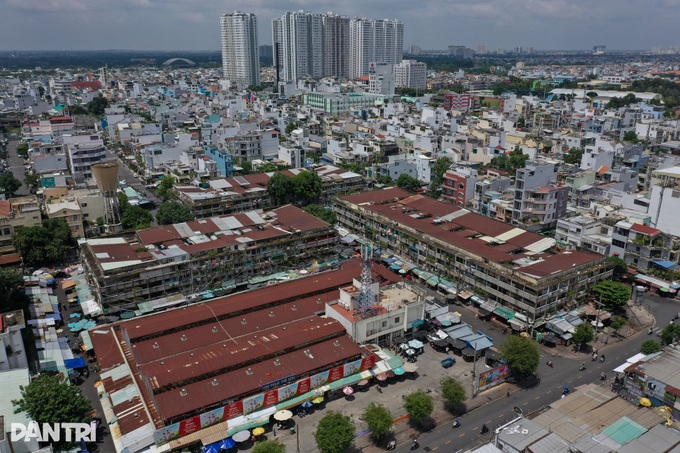
The complex consists of three four-storey blocks, A, B, and C, accommodating around 450 households.

Authorities rated Blocks A and B as unfit for everyday use and Block C as dangerous in 2017, yet hundreds of families still live there, facing daily risk of collapse.
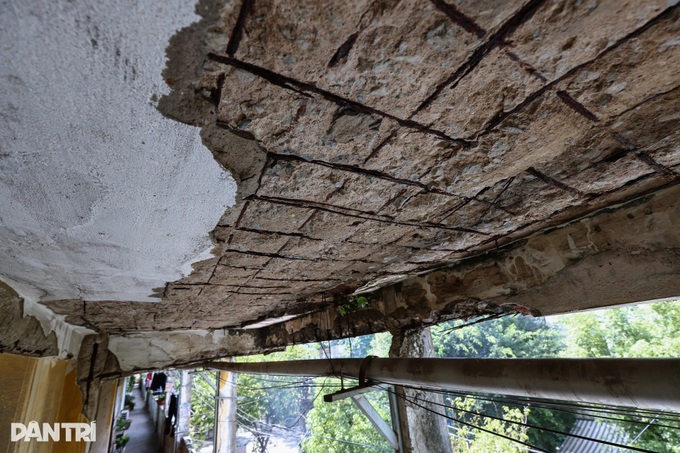
Blocks B and C are in severe disrepair, with deep cracks and crumbling concrete exposing corroded steel frames.
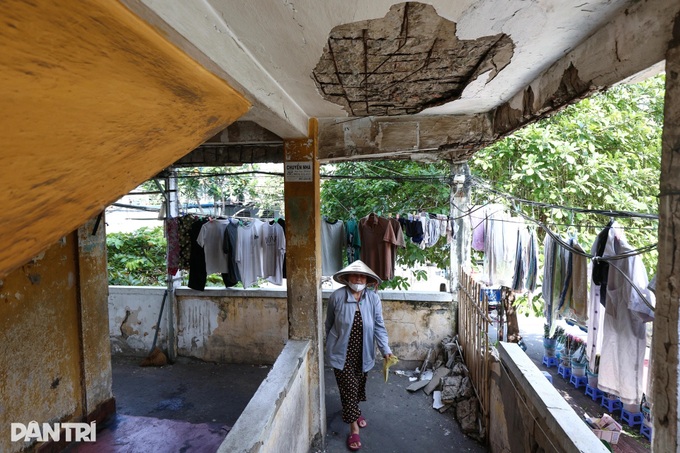
“On rainy, windy days, I can hear concrete falling from the hallway ceiling while lying in my room. Several residents have even been struck on the head by falling debris,” said 68-year-old Nguyen Thi Loan, a Block B resident.
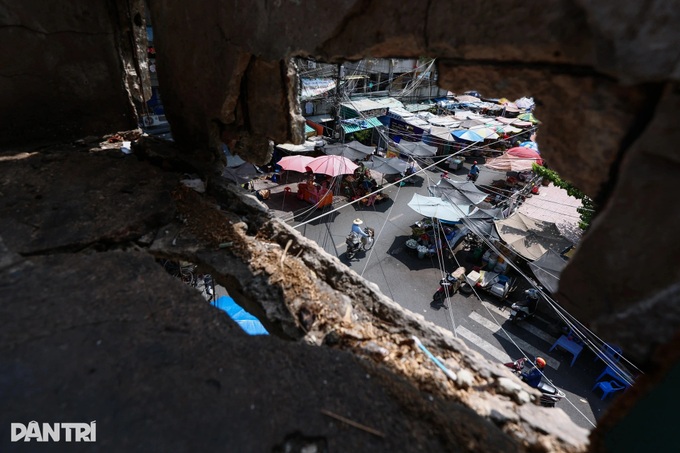
In Block B, the second-floor corridor is damaged, with a large section of wall missing, posing a serious safety hazard to residents.
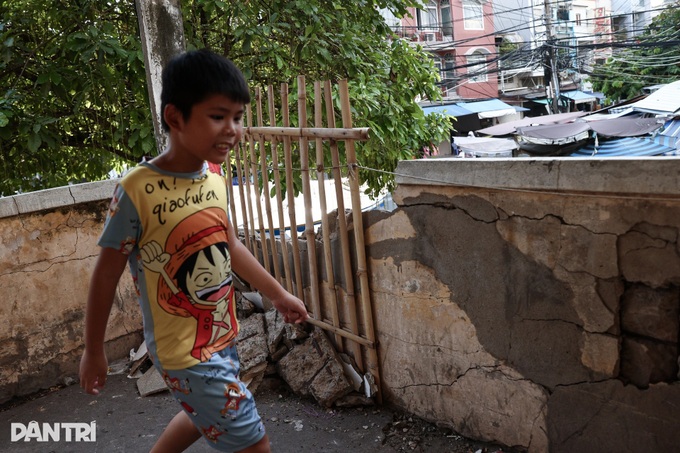
Residents have put up a makeshift bamboo fence to block off the collapsed section of the corridor.
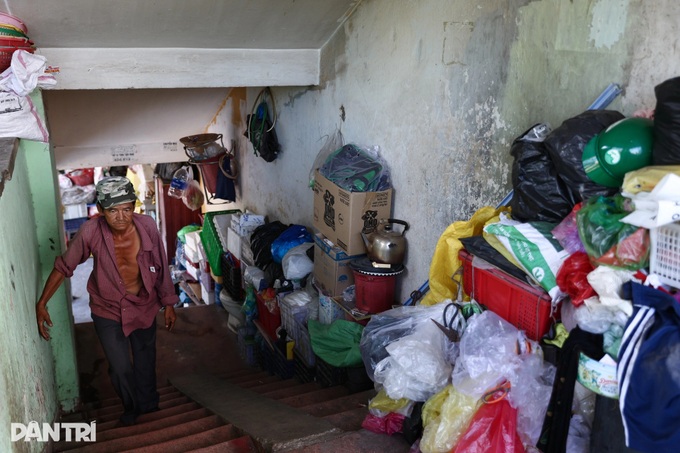
Residents have turned walkways and emergency exits in the building into storage areas and parking spaces.
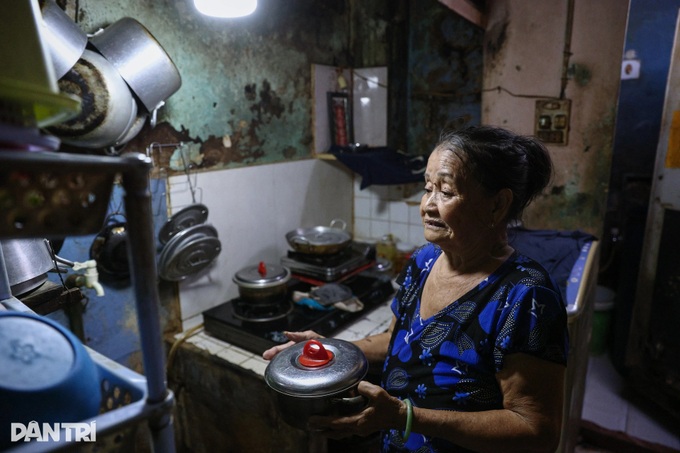
Le Thi Lien, 71, has lived in Block C since 1972, sharing a cramped, damp home with five relatives. She hopes authorities will relocate her family to a safer place as the building deteriorates.
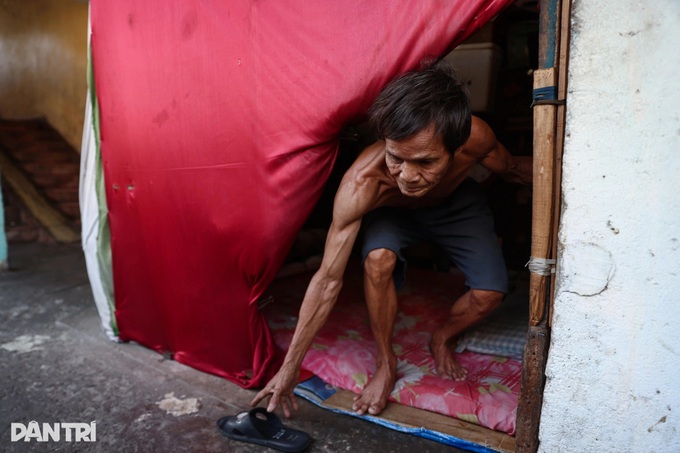
Some residents have even set up tents in the corridors for resting and daily activities.
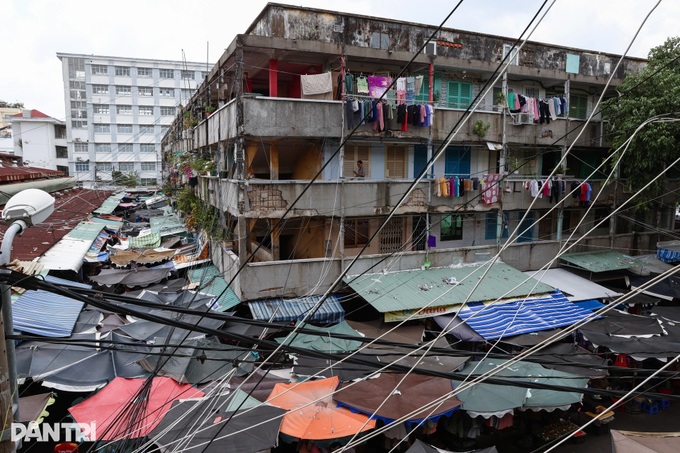
An informal market operates beneath the complex, where a web of tangled electrical wires poses a serious risk of short circuits and fire.

According to HCM City’s Department of Construction, the city is home to 474 apartment buildings with 573 blocks built before 1975, many of which are severely deteriorated and pose safety risks. Of these, 16 are rated Grade D (heavily damaged and dangerous), 116 are Grade C, and 332 are Grade B.
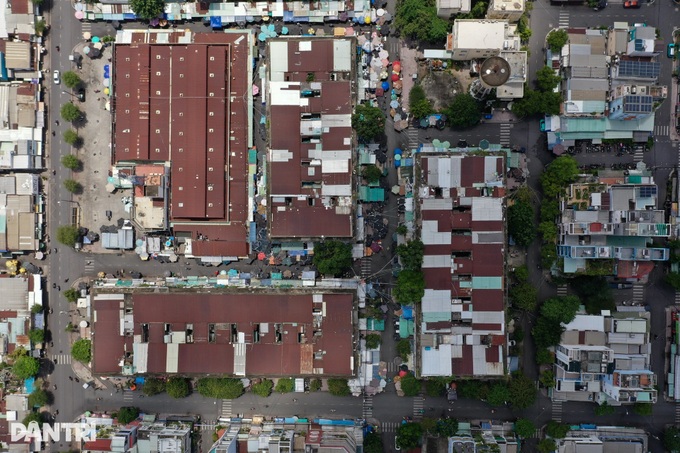
Of the 16 apartment buildings rated Grade D (heavily damaged and dangerous), nine have been fully evacuated, with 534 households relocated. Three are in the process of relocation, while four have yet to be vacated.
